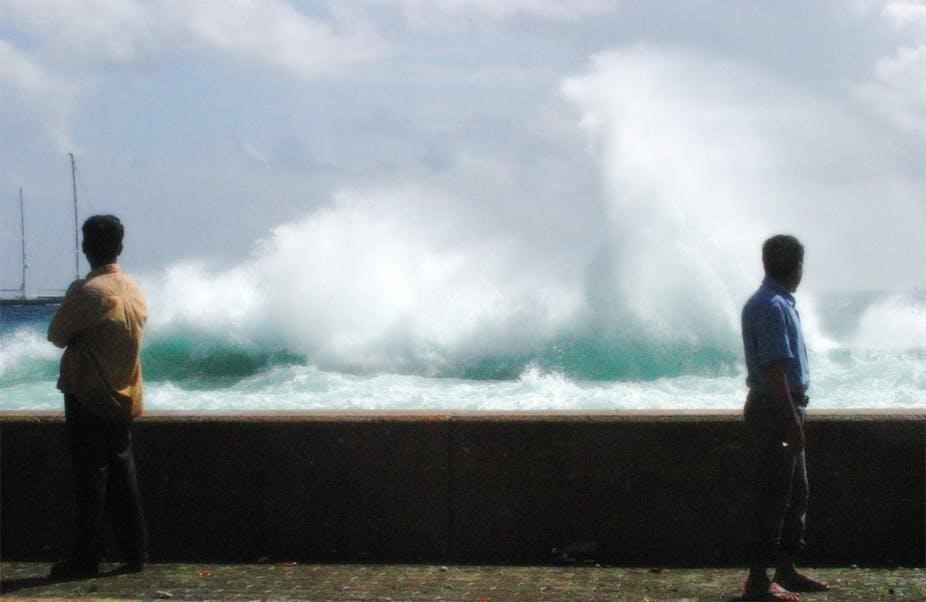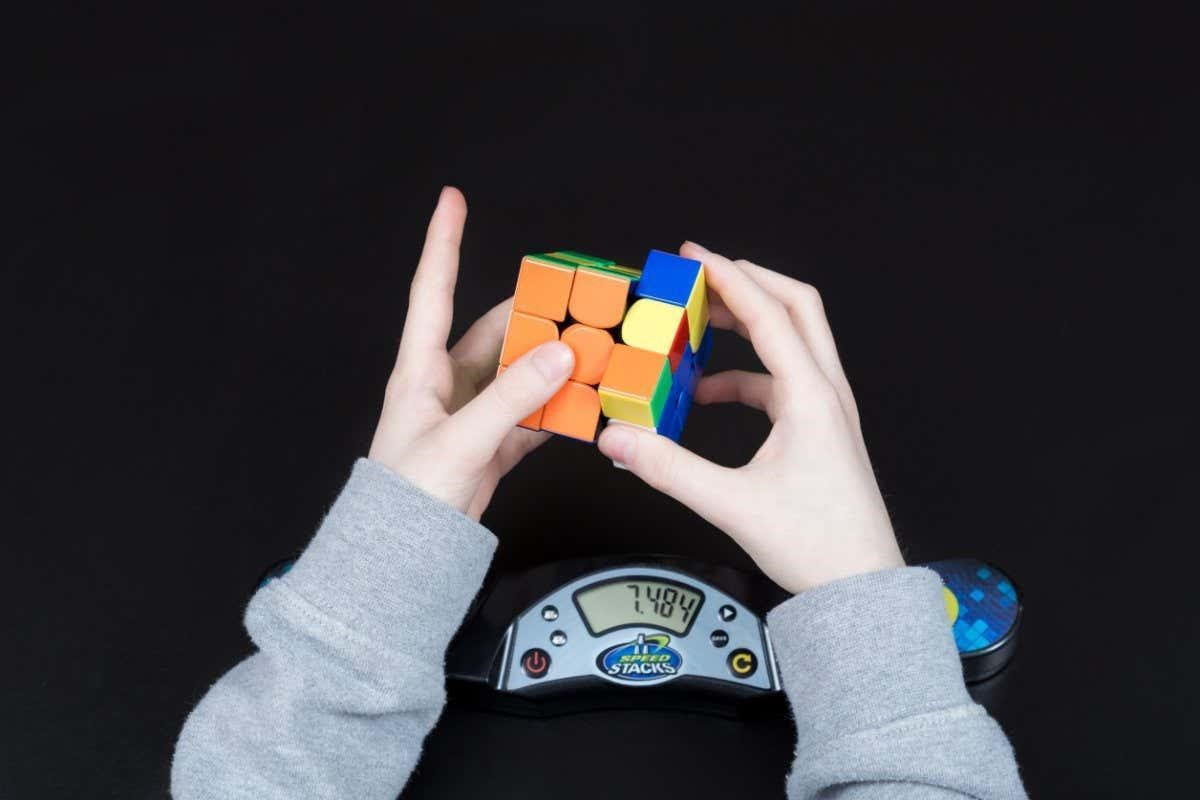We can’t tame the oceans, but modelling can help us better understand them.
Last year will go on record as one of significant natural disasters both in Australia and overseas. Indeed, the flooding of the Brisbane River in January is still making news as the Queensland floods inquiry investigates whether water released from Wivenhoe Dam was responsible. Water modelling is being used to answer the question: could modelling have avoided the problem in the first place?
This natural disaster – as well as the Japanese tsunami in March and the flooding in Bangkok in October – involved the movement of fluids: water, mud or both. And all had a human cost – displaced persons, the spread of disease, disrupted transport, disrupted businesses, broken infrastructure and damaged or destroyed homes. With the planet now housing 7 billion people, the potential for adverse humanitarian effects from natural disasters is greater than ever.
Here in CSIRO’s division of Mathematical and Information Sciences, we’ve been working with various government agencies (in Australia and China) to model the flow of flood waters and the debris they carry. Governments are starting to realise just how powerful computational modelling is for understanding and analysing natural disasters and how to plan for them.
This power is based on two things – the power of computers and the power of the algorithms (computer processing steps) that run on the computers.
In recent years, the huge increase in computer power and speed coupled with advances in algorithm development has allowed mathematical modellers like us to make large strides in our research.
These advances have enabled us to model millions, even billions of water particles, allowing us to more accurately predict the effects of natural and man-made fluid flows, such as tsunamis, dam breaks, floods, mudslides, coastal inundation and storm surges.
So how does it work?
Well, fluids such as sea water can be represented as billions of particles moving around, filling spaces, flowing downwards, interacting with objects and in turn being interacted upon. Or they can be visualised as a mesh of the fluids’ shape.
Let’s consider a tsunami such as the one that struck the Japanese coast in March of last year. When a tsunami first emerges as a result of an earthquake, shallow water modelling techniques give us the most accurate view of the wave’s formation and early movement.
Mesh modelling of water being poured into a glass.
Once the wave is closer to the coast however, techniques known collectively as smoothed particle hydrodynamics (SPH) are better at predicting how the wave interacts with local geography. We’ve created models of a hypothetical tsunami off the northern Californian coastline to test this.
A dam break can also be modelled using SPH. The modelling shows how fast the water moves at certain times and in certain places, where water “overtops” hills and how quickly it reaches towns or infrastructure such as power stations.
This can help town planners to build mitigating structures and emergency services to co-ordinate an efficient response. Our models have been validated using historical data from a real dam that broke in California in 1928 – the St. Francis Dam.
Having established that our modelling techniques work better than others, we can apply them to a range of what-if situations.
In collaboration with the Satellite Surveying and Mapping Application Centre in China we tested scenarios such as the hypothetical collapse of the massive Geheyan Dam in China.
We combined our modelling techniques with digital terrain models to get a realistic picture of how such a disaster would unfold and, therefore, what actions could mitigate it.
Our experience in developing and using these techniques over several decades allows us to combine them in unique ways for each situation.
We’ve modelled fluids not just for natural disaster planning but also movie special effects, hot metal production, water sports and even something as everyday as insurance.
Insurance companies have been looking to us for help to understand how natural disasters unfold. They cop a lot of media flak after disasters for not covering people affected. People living in low-lying areas have traditionally had difficulty accessing flood insurance and find themselves unprotected in flood situations.
Insurers are starting to realise that the modelling of geophysical flows can provide a basis for predicting localised risk of damage due to flooding and make flood coverage a viable business proposition. One Australian insurance company has been working with us to quantify risk of inundation in particular areas.
Using data from the 1974 Brisbane floods, the floods of last year and fluid modelling data, an insurance company can reliably assess residents’ exposure to particular risks and thereby determine suitable premiums.
With evidence-based tools such as fluid modelling in their arsenal, decision-makers are better prepared for the future. That may be a future of more frequent natural disasters, a future with a more-densely-populated planet, or, more likely, a combination of both.
For more such insights, log into www.international-maths-challenge.com.
*Credit for article given to Mahesh Prakash*


